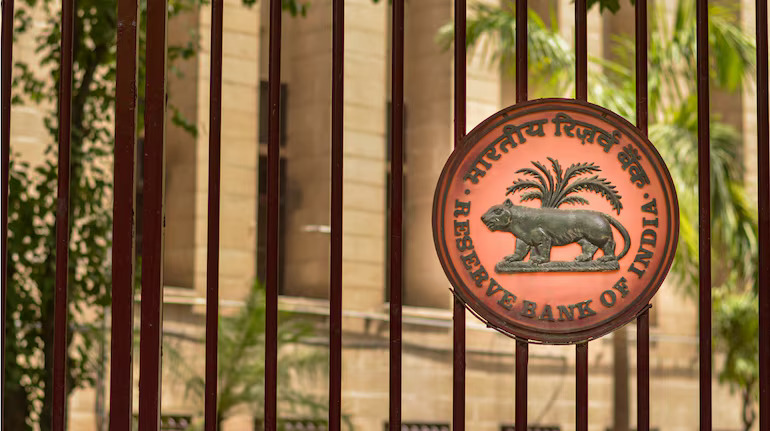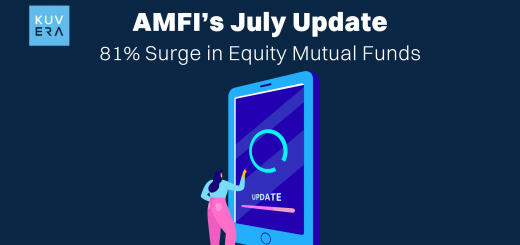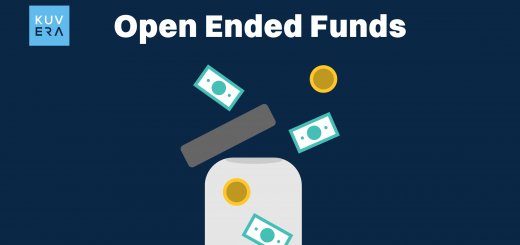Which of these days of RBI MPC do you remember?
The days of rate cuts (during the COVID-19 pandemic).
Or,
The days of gradual rate hikes and unchanged rates (the period after May 2020).
Which part of the MPC were you looking forward to? You will have a different answer depending on whether your goal was investing or borrowing. If your goal was investing, you might have hoped that interest rates get hiked. Conversely, if your goal was borrowing, you might have wished for a rate cut.
- The current RBI MPC 09 April 2025 has brought good news to those aiming to borrow for their financial goals.
- Current Repo Rate 09 April 2025 is 6%. The repo rate has been cut for the second time by 25 bps in 2025.
Let us learn more about the news, economic undercurrents and the impact on mutual funds India:
Economic Undercurrents

The RBI (Reserve Bank of India) adopts policy stances based on the economic undercurrent domestically as well as the potential impact of global economic contagion.
Currently, our securities markets (particularly the stock markets) are facing the impact of the US government’s recently announced tariff rates for imports from countries. The tariff rates were unexpectedly hiked to unreasonable levels as per experts. The United States has implemented 26% tariffs on exports from India.
The rate cut is expected to spur Indian economic growth.
Furthermore, in the 2024-25 fiscal year, economic growth in India rebounded to 6.2% during the third quarter (October-December) of the 2024-25 FY, recovering from a 5.4% growth rate in the previous quarter, which was a seven-quarter minimum.
However, the ongoing tariff war has impacted India’s economic growth projections. India GDP projections as per RBI MPC were revised downwards 6.7% to 6.5% for the fiscal. This is the forecast in the presence of exceptional uncertainty in the global markets.
Inflation, on the other hand, has declined as supported by timely and stable monsoon predictions and the absence of El-Nino effect this year. As per RBI MPC, with the inflation below target, there can be a sharp decline in food prices in coming future.
Another supporting factor for growth is easing of oil prices.
This might spur growth in FMCG and other related industries and might improve their profits.
The Policy Stance
In the light of the above discussed economic undercurrents, Governor Sanjay Malhotra announced a change in monetary policy stance from ‘neutral’ to ‘accommodative’. But what does accommodative monetary policy stance mean?
An accommodative monetary policy stance would mean that the MPC one of the two options going forward, i.e. ‘a status quo’ or a ‘rate cut’. It is important to note that this would be the case in the absence of any shocks.
Top Four FAQs (Frequently Asked Questions) on RBI MPC
What is MPC and who are the MPC members?
MPC (Monetary Policy Committee) is a six member committee led by the RBI Governor. It has three RBI and three non-RBI members. The GoI appoints the MPC whose main purpose is to support economic growth while maintaining price stability.
When do MPC meetings happen?
Typically, the RBI MPC is conducted bi-monthly, six times in a financial year. The RBI MPC meeting deliberates on inflation outlook, interest rates, money supply, and macro economic indicators (India and Global).
What is Repo Rate?
The RBI lends to other banks at a rate of interest called the Repo Rate. The RBI repo rate is decided by the MPC from time-to-time during the MPC meetings.
What were RBI MPC April 2025 key highlights and outcomes?
The recent RBI MPC meeting i.e. RBI MPC meeting April 2025 announced the following:
- Rate Cut and Policy Shift: Lending rate down to 6%, policy now “accommodative.”
- Inflation Outlook: FY26 inflation projected at 4%.
- GDP Growth Forecast: FY26 GDP growth: 6.5%.
- Quarterly GDP (FY26): Q1: 6.5%, Q2: 6.7%, Q3: 6.6%, Q4: 6.3%.
- January Liquidity: System deficit over ₹3.1 trillion.
- P2P Limit: ₹1 lakh transfer limit unchanged.
- UPI Merchant Limits: NPCI sets person-to-merchant limits.
- Co-lending: All regulated entities can co-lend on all loans.
Impact on Indian Securities Markets
Before the RBI MPC rate cut announcement, India’s benchmark 10-year bond yield was 6.51% which marginally declined to 6.50% post announcement. The Indian Rupee (₹) too declined to a tad weaker level of ₹86.61 per US$ post RBI MPC rate cut policy announcement on 09 April 2025.
The benchmark indices too gained marginally post RBI rate cut announcement.
Rate sensitive sectors like banks, NBFCs and realty witnessed a decline in stock prices despite the expected rate cut.
This might specifically impact sectoral mutual funds or thematic mutual funds investing in them. Among these, Nifty Realty was the worst hit with a few falling by ~5%. The Auto sector stocks seemed more or less flat post announcement.
Here are points in focus on rate cut impact on mutual funds:
1. Debt Fund NAV Appreciation
The obvious impact of a repo rate change can be on debt mutual funds. The existing debt securities held by mutual funds, which were issued at higher interest rates, can become more valuable when rates fall. This might lead to an increase in the Net Asset Value (NAV) of those debt funds, especially long-duration funds.
2. Long-Duration Funds Gain
Generally, mutual funds with longer-duration bonds are particularly sensitive to rate changes. Therefore, they might experience a more significant NAV increase during rate cut cycles.
3. Impact on Short-Term Funds
In contrast to longer duration funds, short-term debt funds, with their shorter maturity holdings, can experience a comparatively muted impact from rate cuts. Their NAVs might see lesser volatility.
4. Yield Curve Shifts
Rate cuts can alter the yield curve, influencing the returns of various debt fund categories. Fund managers need to strategically adjust portfolios to capitalise on these shifts.
5. Increased Equity Market Activity
Lower interest rates can stimulate economic activity, potentially boosting corporate earnings. As discussed in our introduction, a rate cut might make equity funds more attractive than debt funds. This might potentially drive increased investment in equity mutual funds.
6. Sector-Specific Equity Impacts
Interest-sensitive sectors, like banking and real estate, might experience increased activity following rate cuts. This can lead to concentrated gains in sector-specific equity funds.
7. Reinvestment Risk
When older higher yielding bonds mature, fund managers might have to reinvest those funds into newer bonds that have lower yields. This action can reduce the overall yield of the debt funds.
Wrapping Up
In essence, RBI rate cuts create a complex interplay of effects on mutual funds. While debt funds, particularly those with longer durations, can see immediate gains, equity funds may benefit from the broader economic stimulus. Investors should carefully consider their risk appetite and investment horizon when adapting their mutual fund strategies to these changing interest rate environments.
Interested in how we think about the markets?
Read more: Zen And The Art Of Investing
Watch here: Learn about the F&O craze in India












